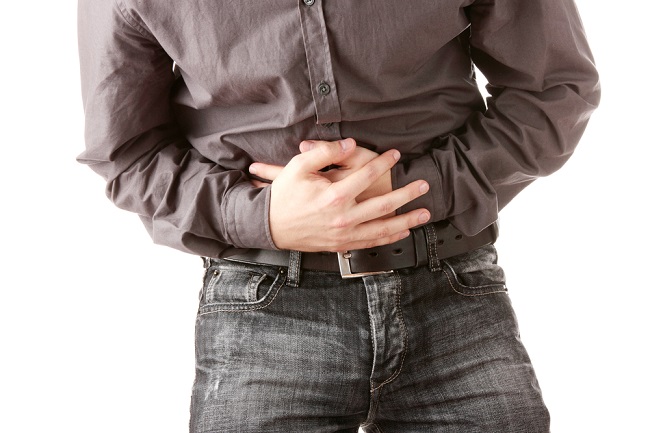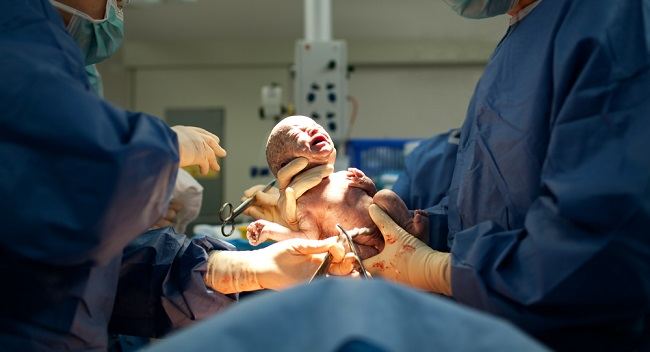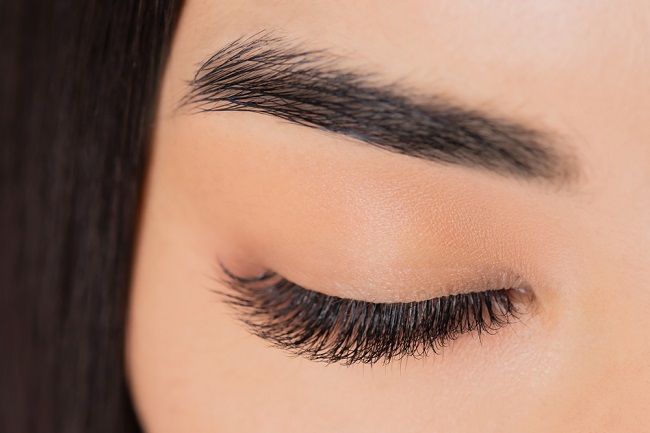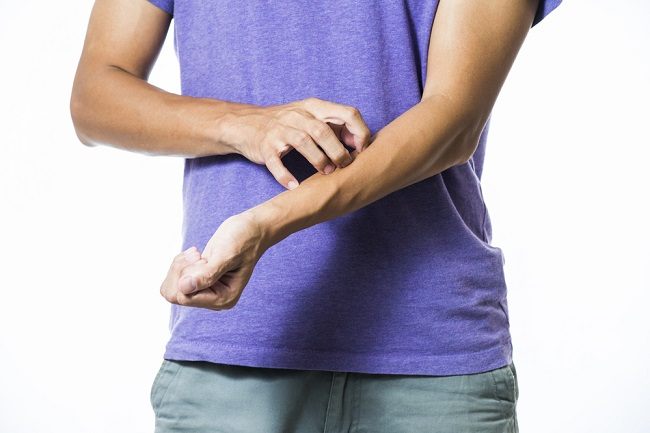Tinea manum is a fungal infection of the hands. A person can get a fungal infection on their hands if they come into contact with a person with tinea manum. In addition, tinea manum can also be transmitted through physical contact with animals or soil contaminated with fungi.
Tinea manum or tinea manus is a fungal infection of the hands caused by dermatophytes, which are a group of fungi that grow on the surface of the skin. This fungus is easy to grow and multiply in humid environments, such as bathrooms and swimming pools, or in tropical climates.

Tinea manum can sometimes occur with a fungal infection of the nails (tinea unguium) or other parts of the body, such as the feet (tinea pedis).
Transmission of fungal infections on the hands can occur due to:
- Touching or shaking the hand of a person with tinea manum
- Touching animals or other objects, such as soil, floors, or walls, that are contaminated with mold
- Using equipment such as gloves, towels, or hand wipes that have been used by people with tinea manum
In addition, tinea manum is also more at risk for people whose hands are often wet, for example due to frequent washing or sweating a lot, as well as people who have weak immune systems, such as diabetes or HIV infection.
Some Symptoms of Tinea Manum
Fungal infections of the hands can be recognized by the following symptoms:
- Red and scaly circular patches appear, especially on the palms of the hands and between the fingers
- Hand skin feels itchy and dry
- There is thickening of the skin (hyperkeratosis) on the hands infected with the fungus
- Blisters or bumps filled with clear fluid appear on the hands
Symptoms of tinea manum can mimic the symptoms of other skin diseases, such as atopic eczema, contact dermatitis, and eczema pompholyx. Therefore, if you experience the symptoms of tinea manum above, you need to see a dermatologist to determine the cause.
Treatment of Tinea Manum
To treat fungal infections on the hands, the doctor will prescribe antifungal medication. This drug is available in 2 forms, namely:
Topical antifungal medication (topical)
Topical antifungal medications, such as clotrimazole, ketoconazole, and miconazole, available in the form of cream or ointment. Topical antifungal drugs are used by applying them to the skin that is infected with the fungus, usually twice a day.
oral antifungal medication
Doctors will usually prescribe antifungal drugs that are taken by mouth, such as: terbinafine and itraconazole, if topical antifungal drugs are not successful in curing tinea manum. Doctors also usually prescribe an oral antifungal medication to treat severe tinea manum or if a fungal infection also occurs in the nails.
Treatment for tinea manum usually takes about 4–6 weeks. Treatment also needs to be continued until 1-2 weeks after the spots on the hands disappear and the symptoms of tinea manum improve. The goal is that fungal infections can be eradicated completely and do not recur.
To prevent fungal infections on your hands, you can take the following steps:
- Wash your hands with soap and water until clean, then dry.
- Avoid touching the hands of people with tinea manum.
- Avoid scratching itchy hands because it can cause the skin to hurt and become infected with bacteria.
- Avoid sharing the use of personal tools with others to prevent the transmission of fungal infections.
If not treated immediately, tinea manum can get worse and spread to other parts of the body, such as nails, feet, and face. Therefore, if you experience complaints on the skin of the hands that may be caused by a fungal infection, you should consult a dermatologist to get the right treatment.









